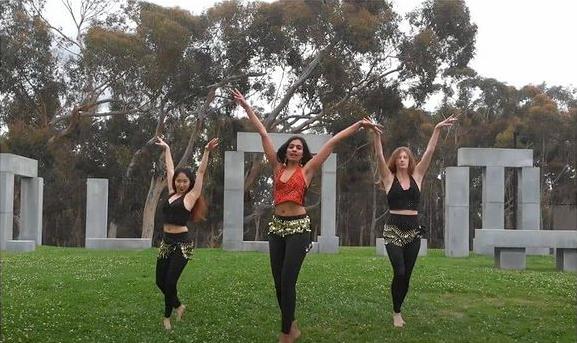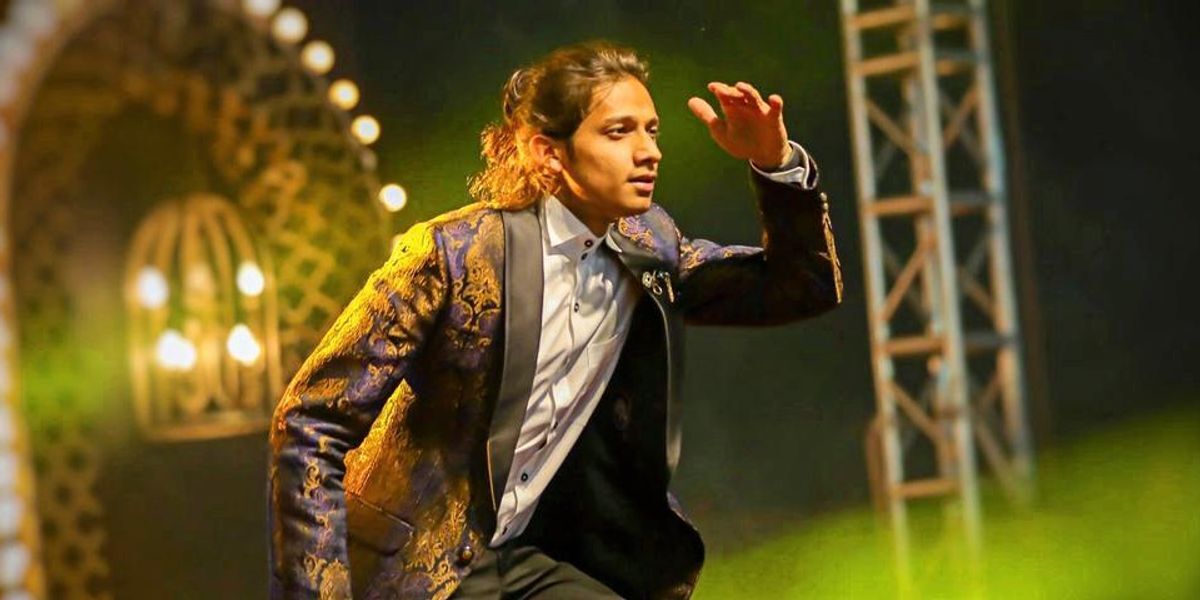Indian dance styles gain traction in US
The neon pink and purple fog, strip lights illuminating the glossy wooden studio and a trendy hip-hop style outfit are just some of the classic elements of Tanishq Joshi’s (@taneesky) Instagram posts. But the background is only an accessory to his sharp and fluid moves, which are perfectly in sync with the beats of whichever music style he chooses to dance to. Joshi has amassed 26,300 followers so far and has been a part of some of the world’s most prestigious dance competitions.
“It all changed when I got injured in high school; suddenly I was told I could not play soccer anymore and had to undergo physical therapy to recover. I randomly chose a dance class, without knowing it was going to become my passion in life,” Joshi tells Media India Group.
A finance major in New York City, Joshi started taking classes taught by reputed choreographers and then eventually posting videos of dance covers, freestyle and his own choreography. Being able to pursue his passion while pursuing his degree abroad helped him stay motivated and fulfilled.
“The response was really good; in the beginning it was just for family and friends, and I didn’t know what it would feel like later on when more people started to show appreciation and support. I thought I was doing it all, studying, working part-time, training and getting recognised by famous dancers I looked up to,” says Joshi.
Breaking into the dance scene in America
Joshi’s Indian upbringing was what set him apart when he joined his first dance crew, Creative Reaction Company.
“Because I grew up in India, my heart was in Bollywood music, that’s where my inspiration comes from. The director found my style of dance really interesting because it was street style, which I learned in the US, fused with Bollywood and he wanted me to choreograph the dances that way. That’s how I knew I had something unique to offer,” Joshi explains.
This shared enthusiasm for the art provided an instant sense of connection with people in a foreign country. For many others in the community, it allowed them to break out of their shell and feel less intimidated.
“I always had a dream of being part of a dance team in college, and I figured coming to America would change that because I didn’t think there would be the same kind of teams,” Urvashi Jain, a 23-year-old college graduate from UC San Diego, tells Media India Group. “I stayed away initially, just dancing at Diwali and Holi parties that our university held for the Indian student organisations, but over time I realised how much I missed competitive dance and how many opportunities there really were if you just go out and look a little.”
After living her whole life in India, it was difficult for Jain to adjust to a completely new environment without any family to lean on at a young age of just 18. But when she signed up for dance classes in the city, she met countless other Indians like her, as well those who had grown up in America and wanted to keep this important part of their culture and passion alive.
“As I got more into it I realised there were so many others who liked Bollywood style dance as much as me, it’s just a whole community in itself and I felt like I belonged in a here. That feeling has kept me going when I was struggling with homesickness,” says Jain, adding, “it’s a great way to express emotions, de-stress, and most importantly, make friends that will last for life and feel like your substitute family away from home.”
Showcasing Indian dance to the world

Urvashi Jain, Patty Lu, and Chloe Holz perform choreography to ‘Laila Main Laila’ (Photo: Urvashi Jain)
Students like Jain also believe that they can spread cultural awareness through dance and show people a different side to stereotypical assumptions about Indian entertainment.
“I learned Bharatnatyam for 10 years and joining dance classes helped me keep in touch with my culture and find Indian events and gatherings around the city,” says Devika Krishnamurthy, a 28-year-old Indian-American. “Bollywood dance is pretty well-known since a lot of people associate India with Bollywood. But there are so many more dance forms in India that are equally beautiful and fun, like Kathak and Kuchipudi, so I wish they would come to the forefront as well.”
Jain also believes that displaying a mixture of dance styles shows people from other cultures that there are similarities in dance moves despite language barriers and borders. In fact, both Joshi and Jain’s social media posts shift from traditional styles to blends such as Bollyhop and Indo-contemporary, representing an amalgamation of dance steps from different Indian states with a mix of American hip-hop. One such example is on Jain’s YouTube channel, where she posts her choreography to hit songs, sometimes joining up with other popular dancers in the area.
“One of the best collaborations I did was when I danced to ‘Laila Main Laila’ with my two friends from college who were American and Chinese. They had barely seen any Indian dance so it very cool to see how they used their own dancing style and fused it with traditional dance steps,” says Jain.
She explains it was an eye-opening experience as everyone involved got to learn new things without the danger of cultural appropriation.
“My friends genuinely thought it was a lot of fun being exposed to different customs and traditions through dancing. This is not another music video where a foreign pop star blindly wears a sari or maang-tikka over a western outfit just to look exotic, without understanding the importance where it comes from. It’s genuine cultural appreciation and helps us bridge gaps,” says Jain.
Collaborations like these help spread Indian culture and knowledge among the mainstream dance industry, which is important in diminishing detrimental stereotypes. Although Joshi has been a part of prestigious competitions such as World of Dance and has taught classes with the top choreographers of America at Tmilly TV, the beginning of his professional dance career was rocky to say the least.
“Whenever you’re working in Los Angeles, you get typecast because you’re not their first choice. Even if you have the skill and talent, it doesn’t matter because that’s not the only criteria; it’s how you look, what your body type is. And because you’re South Asian or Indian they’re reluctant to choose you since they assume that you’ll only know traditional Bollywood dance, not street styles or Hip-hop. That prejudice hinders you from getting your foot in the door and working with people you really admire, and that has happened so many times with me,” Joshi explains.
Regardless, Joshi is proud of where he is now and, like others in his position, wants to keep learning new styles of dance and collaborating with influential dancers to spread their culture to new artists and audiences around the globe.
“I’m just an Indian kid from a small city like Indore who went to the US with almost no foundation in dance. The fact that I ended up actually working in the industry is mind-blowing. If someone gets inspired seeing me and others like me, I would be so glad, because that’s what I want – representation,” he says.










